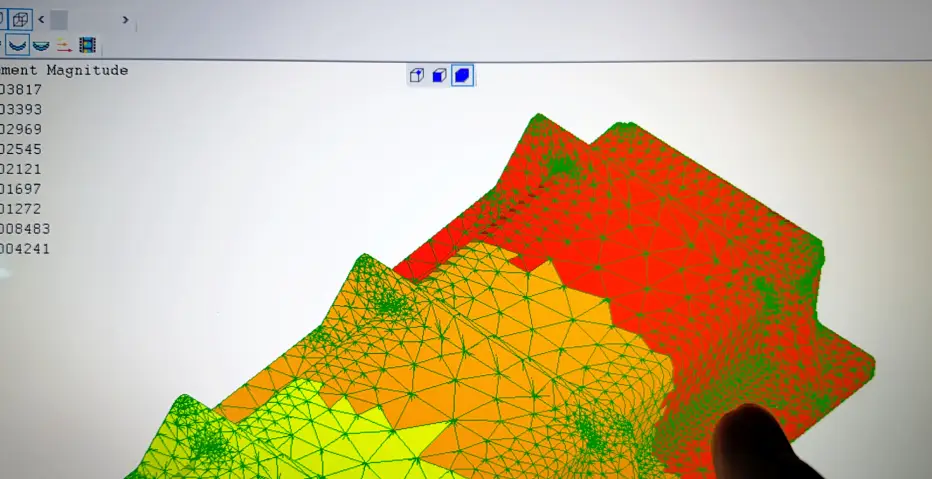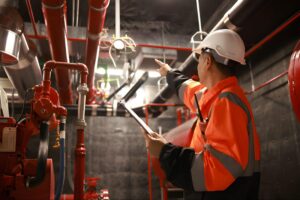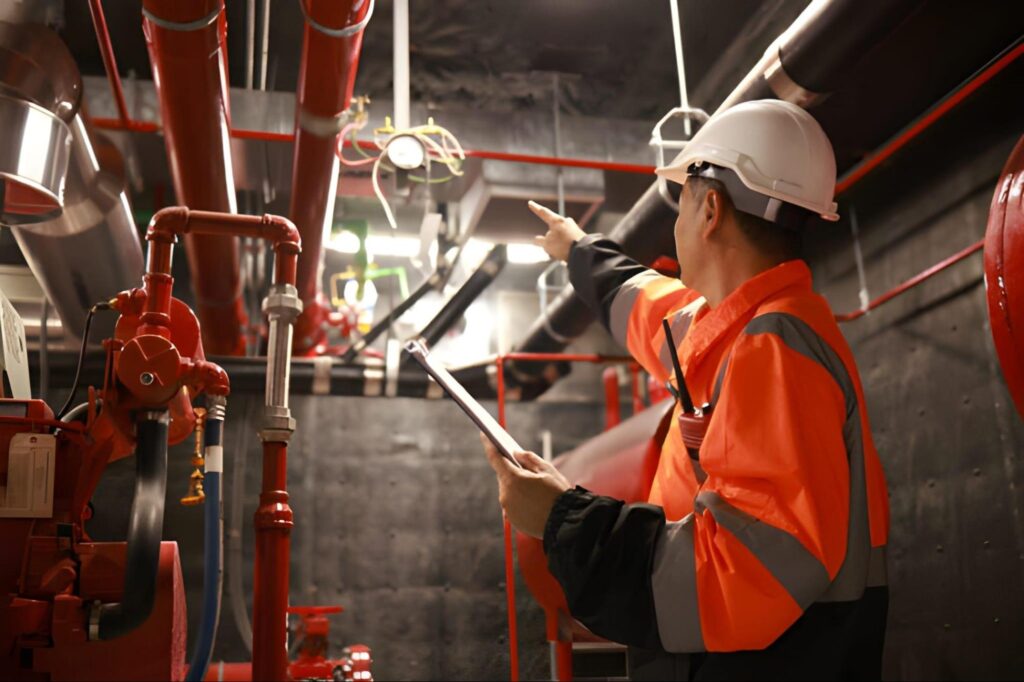The landscape of professional engineering design has undergone a remarkable transformation. Computational Fluid Dynamics (CFD) analysis now stands at the forefront of innovative building design, revolutionizing how engineering consultants approach complex fluid flow challenges. In Singapore’s dynamic built environment, CFD simulation serves as an indispensable tool for creating sustainable, efficient, and comfortable spaces.
The Evolution of Engineering Simulation
Professional engineering consultants have witnessed a dramatic shift in building design methodology. Traditional design approaches once relied heavily on simplified calculations and educated assumptions. Today, CFD analysis enables engineers to visualize and predict complex air movement, temperature distribution, and pressure patterns with unprecedented accuracy. This transformation empowers engineering teams to make data-driven decisions that enhance building performance.
Singapore’s unique tropical climate presents distinct challenges that require sophisticated engineering solutions. The ability to simulate and analyze air flow patterns, temperature variations, and thermal comfort conditions has become crucial for creating sustainable buildings that meet modern performance standards. CFD analysis now forms the cornerstone of innovative engineering design practices.
Understanding CFD in Building Engineering
Computational Fluid Dynamics represents more than just colorful visualization tools. At its core, CFD analysis provides engineering consultants with deep insights into fluid behavior within and around buildings. Modern simulation capabilities enable us to predict how air moves through spaces, how heat transfers between surfaces, and how wind interacts with building structures.
The power of CFD lies in its ability to solve complex mathematical equations that govern fluid flow. Engineering teams now utilize advanced numerical methods to analyze everything from natural ventilation patterns to mechanical system performance. This level of analysis was unimaginable just a decade ago, but now forms an integral part of our engineering design process.
Applications in Modern Building Design
The impact of CFD analysis extends across multiple aspects of building design. In ventilation engineering, we use computational simulations to optimize air distribution systems, ensuring optimal comfort while minimizing energy consumption. Our engineering teams analyze airflow patterns to identify potential stagnation zones and optimize the placement of ventilation systems.
Thermal comfort analysis through CFD enables precise prediction of temperature distributions throughout building spaces. This capability proves particularly valuable in Singapore’s climate, where maintaining comfortable indoor environments presents significant engineering challenges. By simulating various scenarios, we can fine-tune design parameters to achieve optimal thermal conditions while minimizing energy usage.
Technology Pushing Engineering Boundaries
Recent advancements in CFD technology have fundamentally transformed our engineering design approach. The integration of artificial intelligence with traditional CFD methods enables our engineers to process complex fluid dynamics scenarios with unprecedented precision. Cloud computing infrastructure now powers multiple simultaneous simulations, reducing analysis time by 70%. This enhanced computational power translates directly into more thorough design exploration and superior engineering solutions.
Real-time simulation capabilities have revolutionized our client interactions and design review processes. During collaborative sessions, our engineering teams demonstrate immediate performance impacts of proposed design modifications. When architects suggest structural adjustments or facade alterations, our advanced CFD tools instantly visualize the effects on air movement patterns, temperature distribution, and occupant comfort levels. This technological leap has elevated engineering discussions from abstract concepts to concrete, data-driven design decisions.
The practical impact of these innovations extends beyond just faster processing. Our engineering teams now analyze intricate wind patterns around complex building geometries, optimize HVAC system configurations, and validate thermal comfort solutions with greater accuracy. This technological evolution enables us to push the boundaries of sustainable building design while ensuring optimal performance in Singapore’s challenging climate conditions.
Singapore’s Unique Design Challenges
Our city’s tropical climate throws some unique curveballs at building designers. The intense heat and humidity mean we can’t just copy solutions that work in other countries. When we run CFD simulations for projects in Singapore, we deal with real challenges like the afternoon sun beating down on glass facades or the way humid air moves differently than dry air.
Take the urban heat island effect, for example. Our dense cityscape traps heat, making outdoor spaces uncomfortable and increasing cooling costs. Through CFD analysis, we’ve helped design buildings that actually help reduce this effect. We study how wind flows between buildings, where heat builds up, and how we can use natural ventilation to create more comfortable spaces.
The Numbers Make Sense
When clients ask about the cost of incorporating CFD analysis into their projects, we show them the bigger picture. Yes, detailed engineering simulations require initial investment, but the returns far outweigh the costs. CFD analysis helped us optimize the HVAC system design, resulting in 30% lower energy costs. The building owner recovered the additional design costs within the first year of operation.
Beyond direct cost savings, CFD brings value through risk reduction. By identifying potential issues before construction begins, we avoid expensive modifications later. Our engineering team recently saved a client millions by identifying and solving ventilation issues during the design phase rather than after construction.
Where CFD Technology is Heading
The future of engineering design looks incredibly promising. We’re seeing quantum computing on the horizon, which will revolutionize how we handle complex fluid dynamics calculations. Machine learning algorithms are getting better at predicting air flow patterns, making our simulations even more accurate and faster.
What really excites our engineering team is the development of digital twins. Imagine having a virtual copy of your building that simulates real-time conditions and predicts potential issues before they occur. We’re already implementing these technologies in several Singapore projects, staying ahead of global engineering trends.
Making Smart Engineering Decisions
Here’s the bottom line: CFD analysis has become essential for smart building design in Singapore. It’s not just about fancy graphics or complex simulations – it’s about making informed decisions that improve building performance, user comfort, and energy efficiency.
Our engineering teams use CFD as a powerful tool to solve real problems. Whether it’s optimizing natural ventilation, reducing energy costs, or ensuring pedestrian comfort around high-rise buildings, computational analysis provides clear insights that guide design decisions.
Looking Ahead
As we move into 2025, the role of CFD in building design will only grow stronger. More stringent sustainability requirements and the push for smarter buildings demand sophisticated engineering solutions. Our commitment to innovation and technical excellence positions us to meet these challenges head-on.
Ready to explore how CFD analysis can enhance your next building project? Our engineering team brings together technical expertise and practical experience to deliver optimal solutions.
Contact us to discuss how we can help you create better-performing, more sustainable buildings through advanced CFD simulation and analysis.








